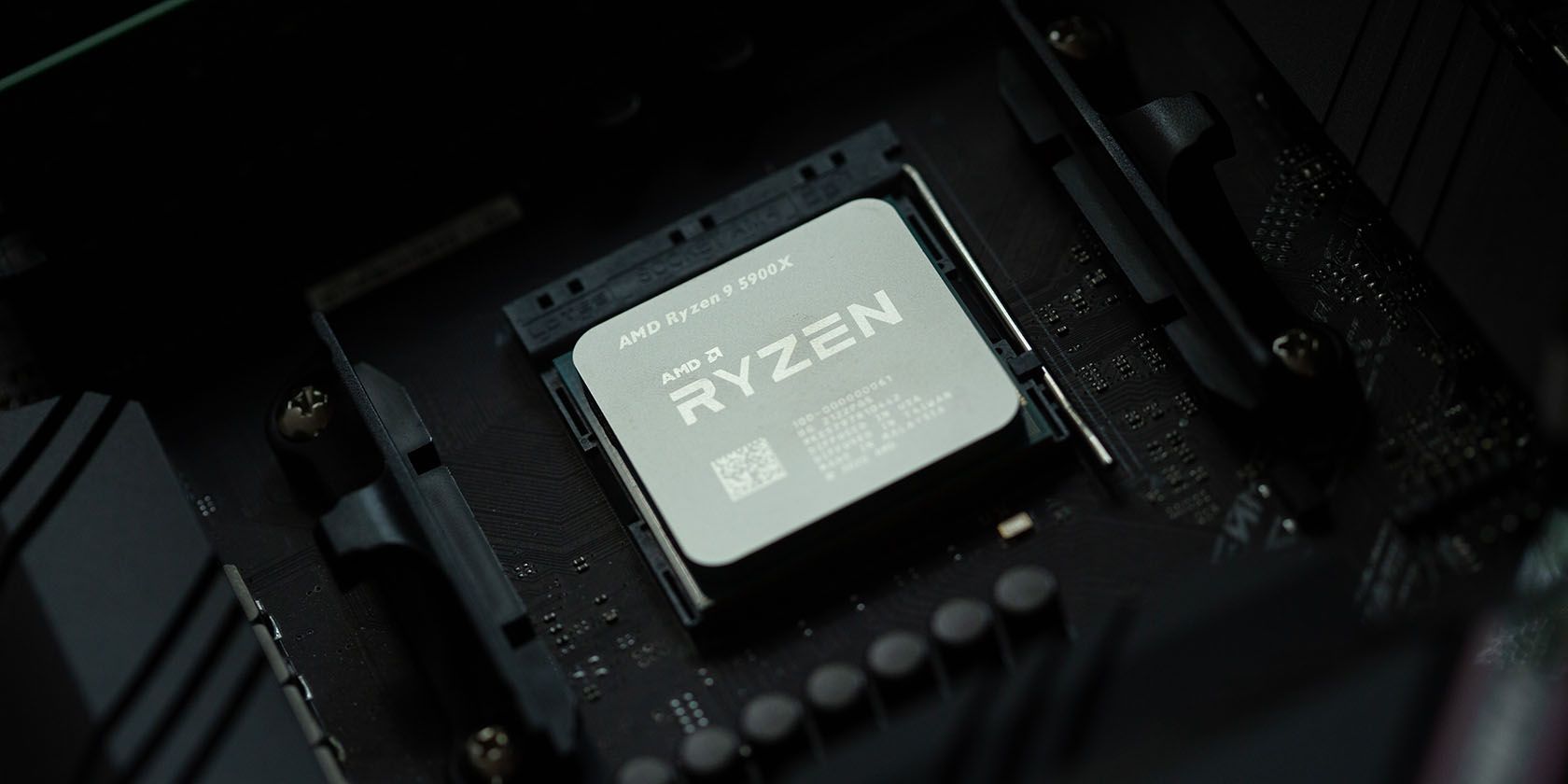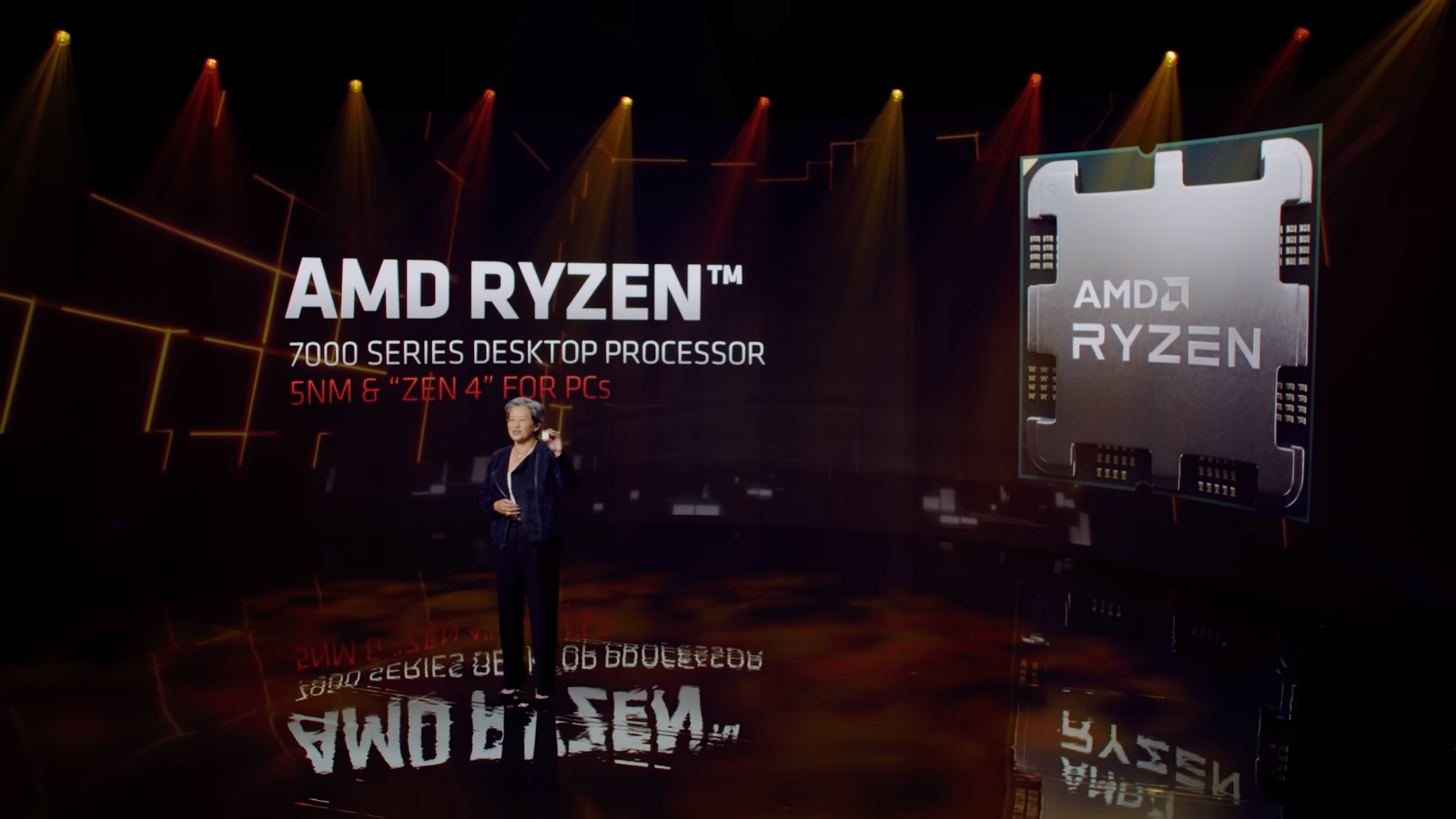AMD was essentially dead in the water before 2016, but the launch of the Zen architecture and Ryzen chips saw a return to form for the company and also made for uncomfortable watching for Intel in its CPU throne. Fast forward four years and the company has now released its Ryzen 5000 chips, surpassing Intel in both gaming and productivity. The top spot has switched back to Intel now, though, with its 12th-Gen Alder Lake chips.
AMD's answer? The Ryzen 6000 and Ryzen 7000 chips, introduced during CES 2022. What should we expect from them?
Ryzen 6000: Zen 3+, Better Integrated GPUs
Just like the Ryzen 4000 series, Ryzen 6000 will be a mobile-only part meant for laptops. But there's more than meets the eye. While the 4000 series back in the day was based on AMD's regular Zen 2 architecture, the AMD 6000 series chips will use an all-new, not yet used architecture: Zen 3+.
As the name suggests, it's a modest improvement over the existing Zen 3 architecture used in Ryzen 5000 chips, but there are a few key improvements. First off, it's fabricated on a 6nm process instead of the previous 7nm process used since Zen 2. This allows for better efficiency—something especially important on laptops, where you ideally want to keep temperatures low.
Another Ryzen 6000 chip improvement comes on the GPU side. Up until this point, AMD APUs have been shipping with integrated Radeon Vega graphics. Here, the graphics are now based on the much more modern RDNA 2 architecture, the same one where the raw horsepower of AMD's most powerful graphics cards comes from. This means that gaming on a Ryzen 6000-powered PC should be a much better experience, even if your laptop doesn't have a dedicated GPU.
Core configurations will be similar to other AMD chips. For example, the Ryzen 5 6600U will start at six cores and 12 threads, while the highest-end Ryzen 9 6980HX will come with eight cores and 16 threads.
Ryzen 7000: Zen 4 is the Next Big Thing
For those who wanted a desktop product, AMD also teased its proper answer to Intel's new chips in the form of the Ryzen 7000 chips. And while there's a lot that AMD hasn't talked about yet, we do have a few things to unravel here.
First off, while 6000 series laptop chips will use Zen 3+, it seems AMD has no plans to use that architecture on desktop, or at least not right now. Instead, AMD is jumping up straight to Zen 4, a proper successor to Zen 3. With these chips, AMD is saying goodbye to the old reliable AM4 socket—and we have an all-new AM5 socket, which also sees the company move to an LGA design (where the pins are located on the motherboard instead of the processor).
Zen 4 chips will also be fabricated on a 5nm process, allowing AMD to cram more transistors into its CPUs. Additionally, Ryzen 7000 chips will also see AMD adopt both DDR5 memory and PCIe 5.0 connectivity, ultra-fast tech that debuted on Intel's Alder Lake chips, but we haven't seen on AMD chips. (For the record, Ryzen 6000 mobile chips support DDR5 memory, but not PCIe 5.0.)
Unfortunately, we don't know much more right now, but AMD says we should be on the lookout for a full unveiling later this year.
When Will Ryzen 6000 and Ryzen 7000 Launch?
The first Ryzen 6000 laptops have already been announced during CES 2022, coming from the likes of Asus, Alienware, and Lenovo, and they're becoming available starting in February, so if you're interested in trying out Zen 3+ by yourself, you'll be able to do it very soon.
As for Ryzen 7000, we're going to have to wait a bit. AMD didn't announce specific chips, let alone the availability of them. Instead, it only talked about Zen 4's biggest improvements and the all-new AM5 socket, which will launch later in 2022.


